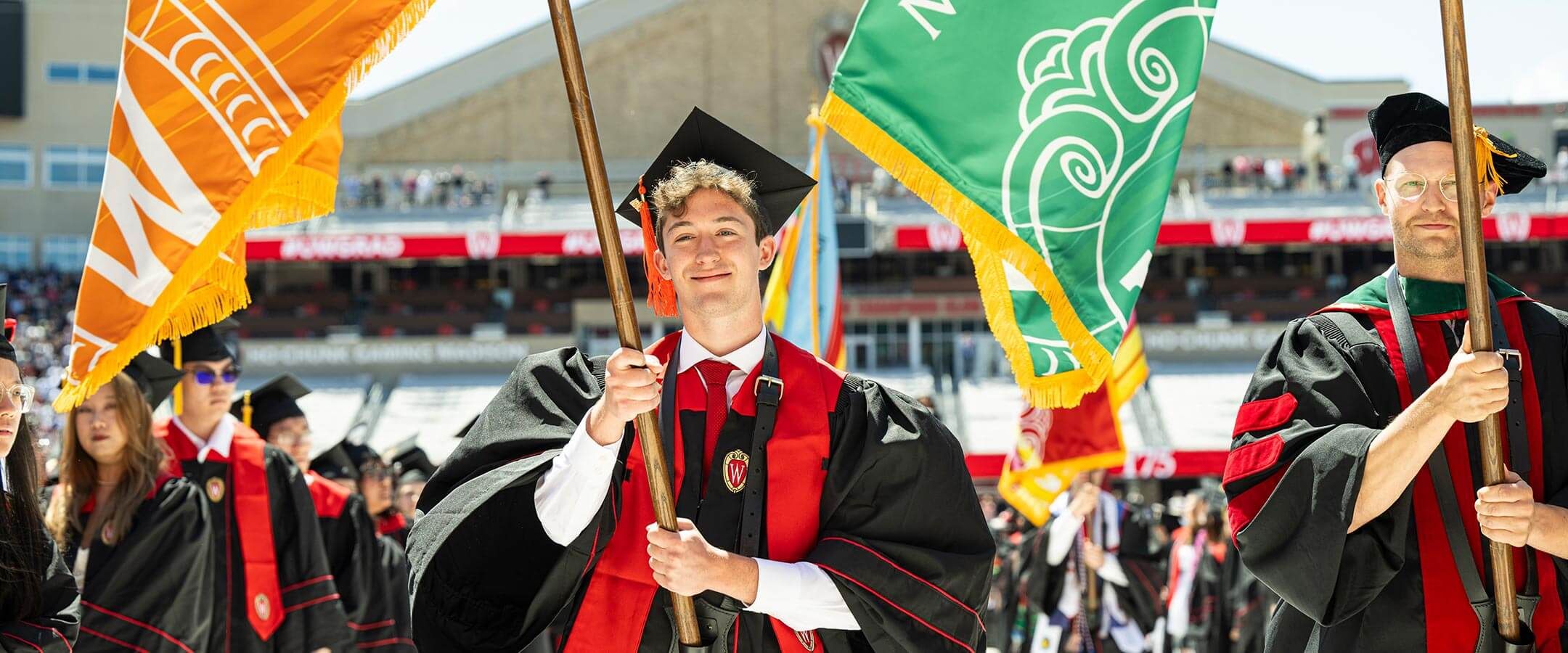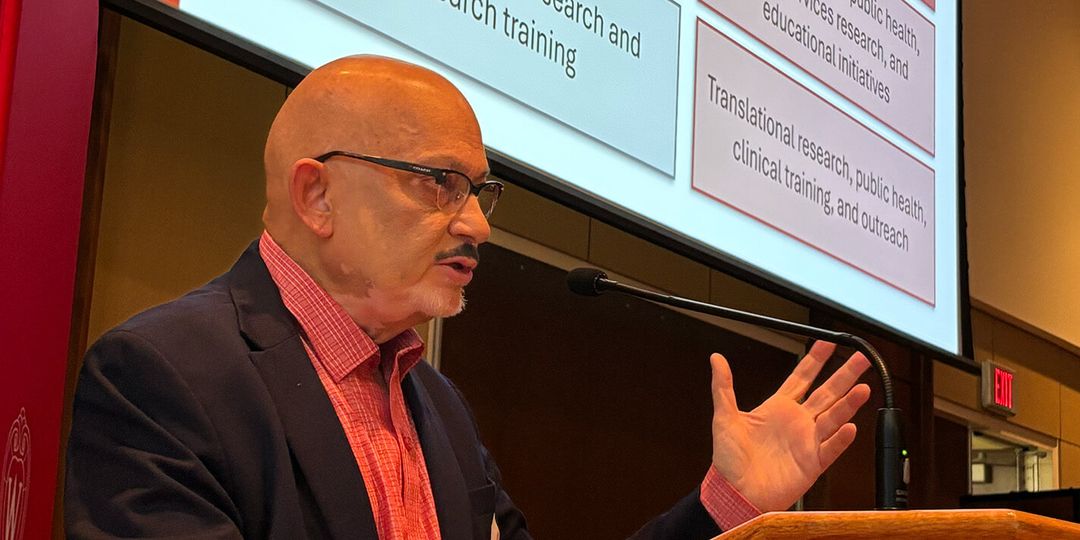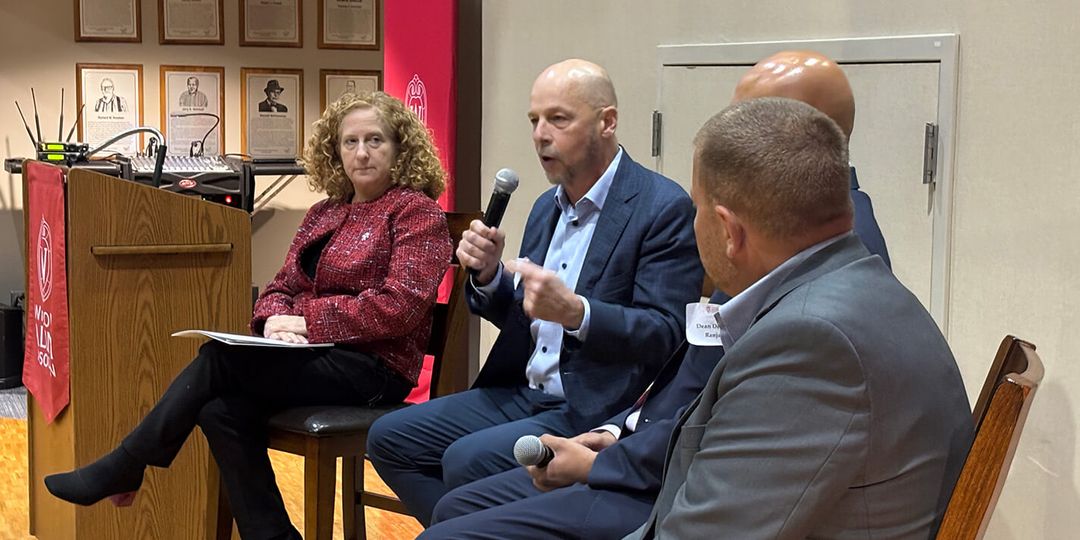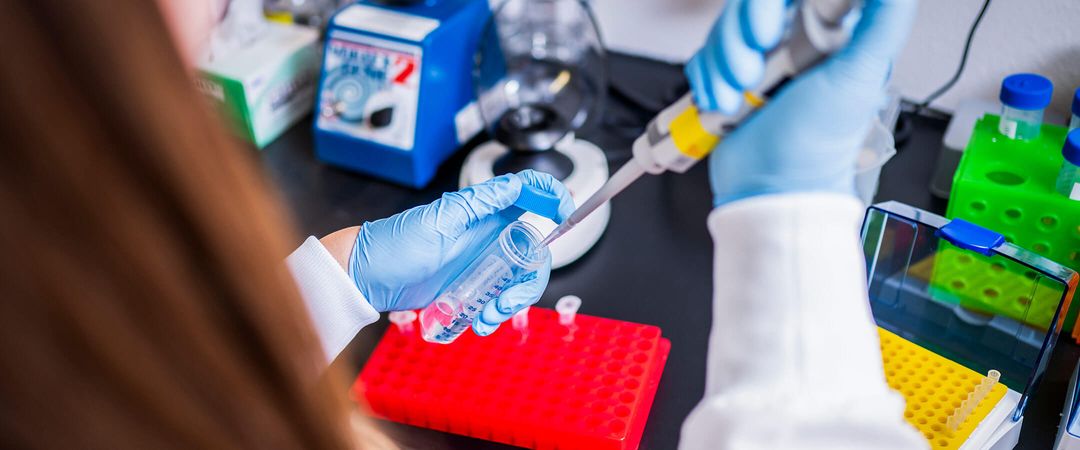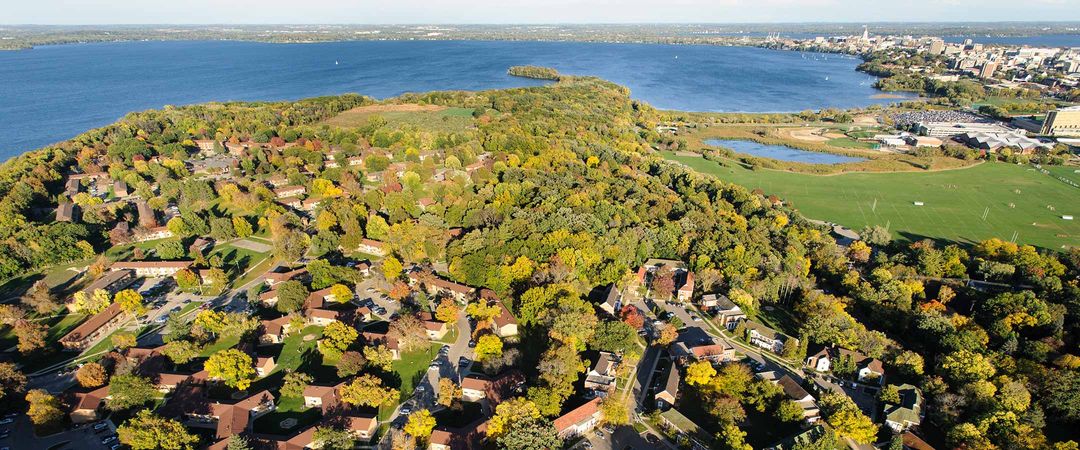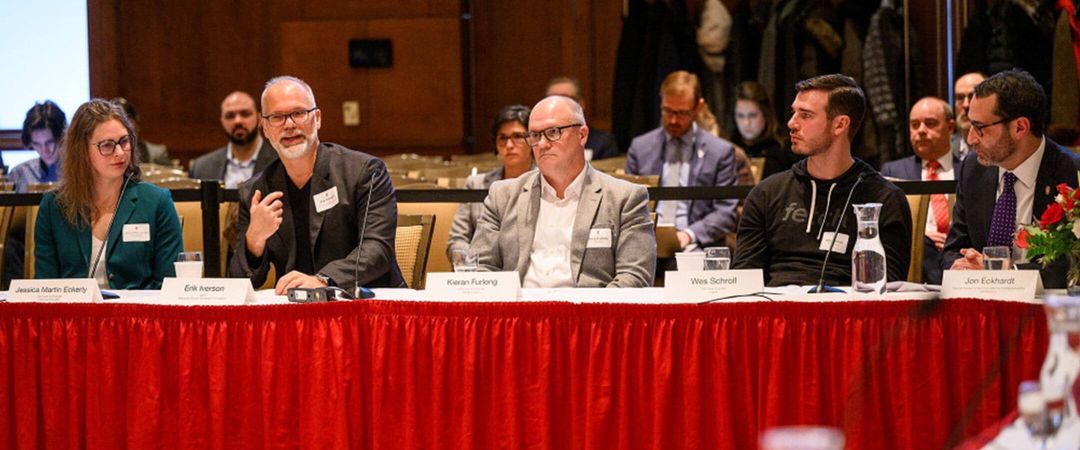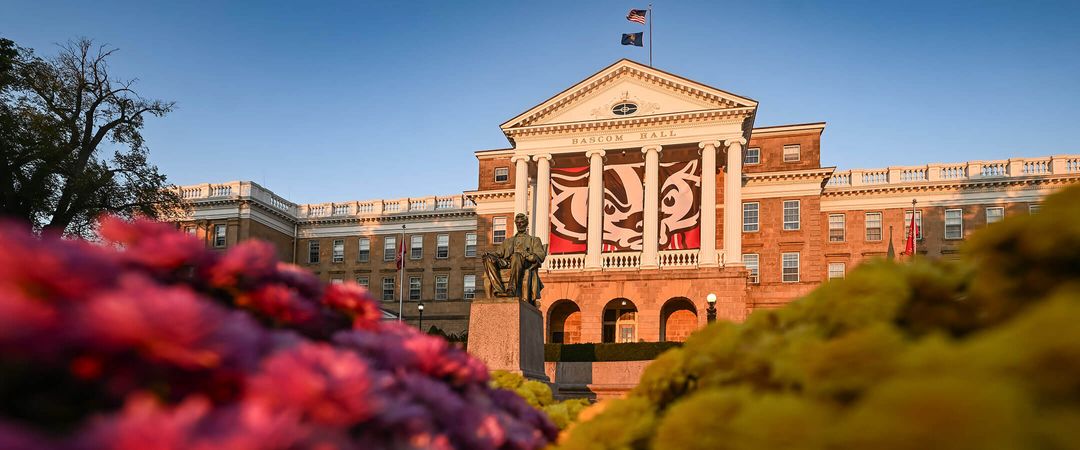The 2025 Wisconsin Health Care Workforce Report paints a stark picture for Wisconsin’s future: every day, 10,000 members of the baby boomer generation turn 65, triggering a surge of retirements across industries. Health care faces a dual crisis as it loses workers while simultaneously gaining patients. UW–Madison is proactively addressing this issue by training graduates in high-demand areas such as nursing, rural medicine, and engineering, aiming to alleviate the workforce shortages Wisconsin expects to encounter in the coming years.
By 2035, Wisconsin is projected to need an additional 20,000 nurses. In response, the UW School of Nursing has intensified its focus on distance learning and accelerated programs to quickly prepare more qualified nurses for the workforce. The BSN@Home program allows registered nurses with two-year degrees the option to earn their bachelor’s degree from their chosen UW institution, with the majority of coursework completed online. Additionally, individuals with a degree in a non-nursing field can earn a bachelor’s in nursing in just 12 months. With more than 60 percent of the School of Nursing’s graduates remaining in Wisconsin to live and work, these programs expand the state’s nursing workforce and directly address a critical gap in care.
The shortage of health care workers affects every region of the state, but populations in rural areas are particularly vulnerable. While 28 percent of Wisconsin residents live in rural areas, only 11 percent of physicians have rural practices. The Wisconsin Academy for Rural Medicine (WARM) is working to bridge this gap by recruiting and training physicians committed to serving rural populations. Many students, like Madeline Brown, chose WARM because of its community-centered approach to medical education.
“I love what comes with a small-town — familiarity and trust, close relationships, a sense of community,” says Brown. “WARM offers these things both inside and outside the classroom and clinic.”
WARM’s hands-on approach includes 28 months of training at one of its statewide campuses, where students hone their skills to meet the unique needs of rural communities. Afterward, 82 percent of graduates stay in Wisconsin, with many choosing residencies in underserved rural areas.
Beyond health care, Wisconsin is also facing a severe shortage of skilled manufacturing workers. Industry is struggling to grow and innovate without enough qualified engineers to meet demands. Still, the College of Engineering is stepping up to solve this problem. With the recent groundbreaking of the Phillip A. Levy Engineering Center, the university is expanding its capacity to train the next generation of engineers. Currently, 1 in 7 undergraduates enroll in engineering, and the new facility will have room for 1,000 more. By the time the center is fully operational, it will help prepare 5,500 new engineers for the workforce, 74 percent of whom stay in the Midwest to work after graduation.
This investment “is a win for our students who want to pursue an engineering education, for Wisconsin employers who are urgently asking for well-educated engineers, and for all who benefit from our pioneering faculty research,” said Chancellor Jennifer L. Mnookin.
As Wisconsin confronts these workforce challenges, UW–Madison is taking proactive steps to improve the state’s future. By expanding its nursing, rural medicine, and engineering programs, the university is preparing the next generation of skilled professionals to meet Wisconsin’s needs.
Photo by Bryce Richter, UW–Madison.
